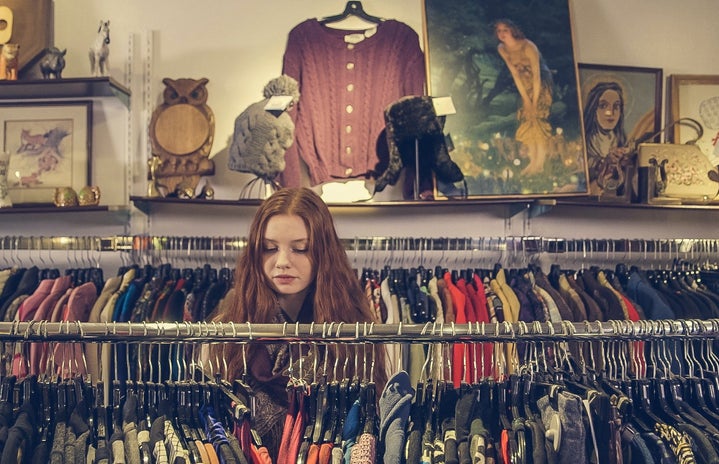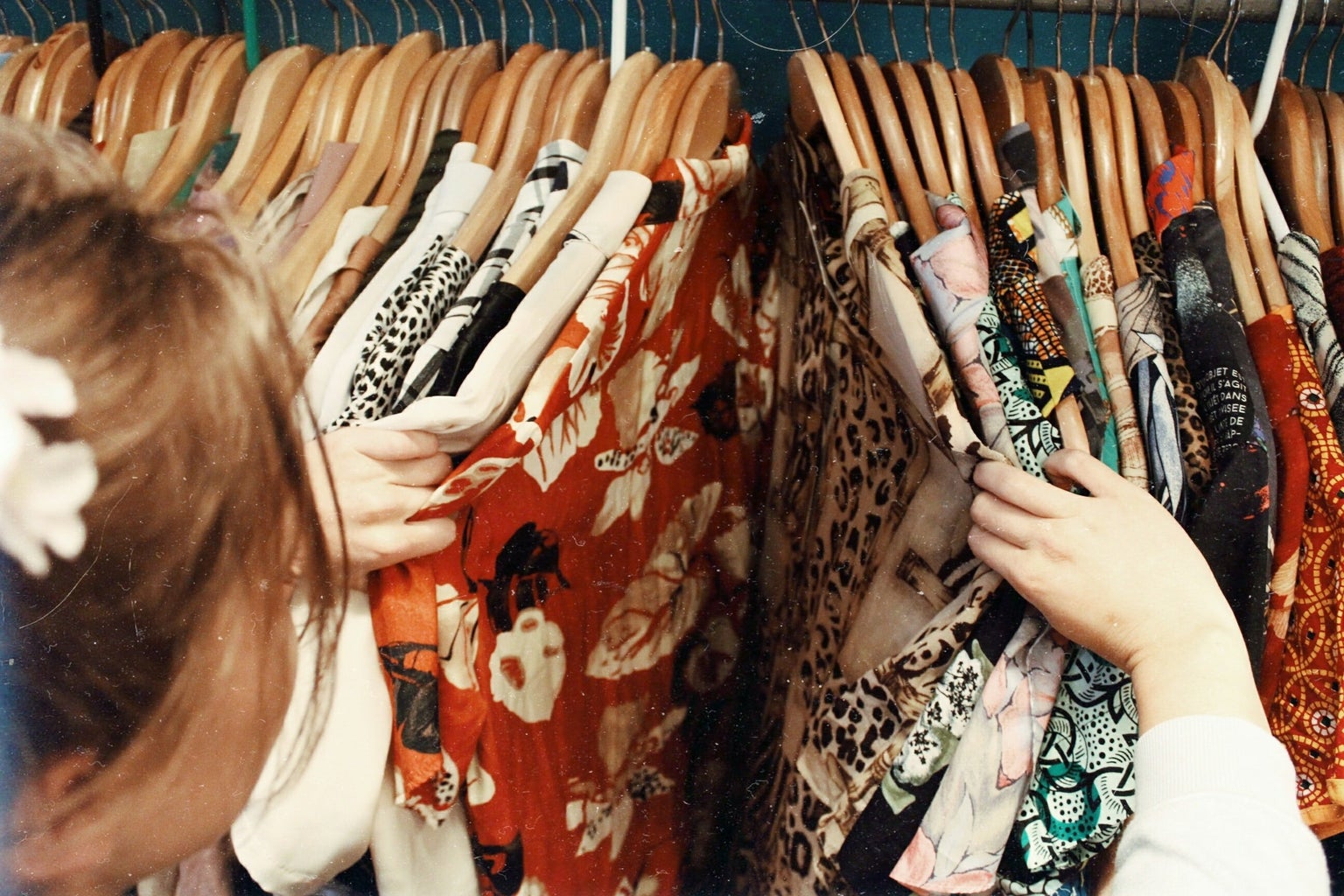Every girl loves cute clothes that are cheap and easy to come across, right? But what cost do your weekly Shein orders come with? Fast fashion is a term that has been around for decades, described as a profitable yet exploitative business tactic. This is used to mimic high fashion fads and trends by mass producing and distributing them at an extremely low cost. This leads to a multitude of issues ranging from the environment to child labor.
The countries that produce fast fashion are very reliant on that as their main income. These are third world countries that typically don’t have great living conditions. This fast fashion fad is causing said countries to run their supplies even lower. The textile waste from these large businesses contain substances like lead, mercury and even arsenic that are all extremely harmful to not only human life, but the aquatic environments as well. The wastewater goes untreated and unfiltered right back into the source as these countries do not have the money to spend on proper removal techniques. This leads to citizens consuming the water and consuming wildlife that are sick from that same water. Your purchase allows the company to flourish and continue their bad habits that damage people and the beautiful world we live in.
On the other hand, The United Nations defines child labor as “work for which the child is either too young, work is done below the required minimum age or work which, because of its detrimental nature or conditions, is altogether considered unacceptable for children and is prohibited.” This is another rising problem in the fast fashion industry. Alongside these unfair wages, minors are swindled into believing these conditions are what they must endure in order to help support their families. They are forced to push their limits everyday with 14+ hour work days and inhumane working conditions for almost nothing. On top of that, most kids are working in hazardous environments each day from a young age. They will suffer from exposure of harsh chemicals in the garment industry as well as inhaling things like fibers and dyes. The exploitation often leads to mental health issues in these small children as well. These employers have created a revolving door for these children, making it hard to remove themselves from this trap. There is no time for them to pursue an education or find a better job because this is what is taking up all of their time. The International Labour Organization estimates 11% of child workers are unable to even quit their jobs.
Next time you see a coupon code for a cheap store on Instagram, I urge you to do your research before purchasing. There are many alternatives that you can do just as easily. Thrifting and upcycling are two extremely fun and environmentally friendly options. Think of the children, people, and animals you could save by spending three more dollars on your tshirts.




